Onneto Hot Falls and springs (Yuno-taki waterfall)
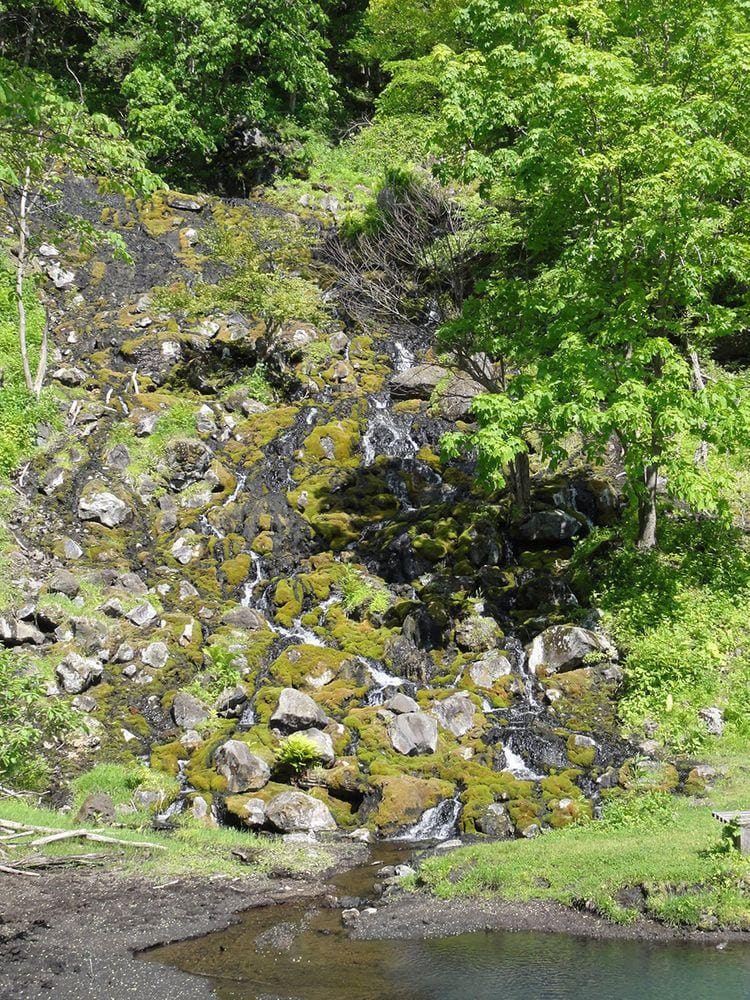
Hot waterfall, formed by hot springs. Height – 30 m. Unique process of manganese ore formation is ongoing at the spring and waterfall.
Palm Valley, Northern Territory
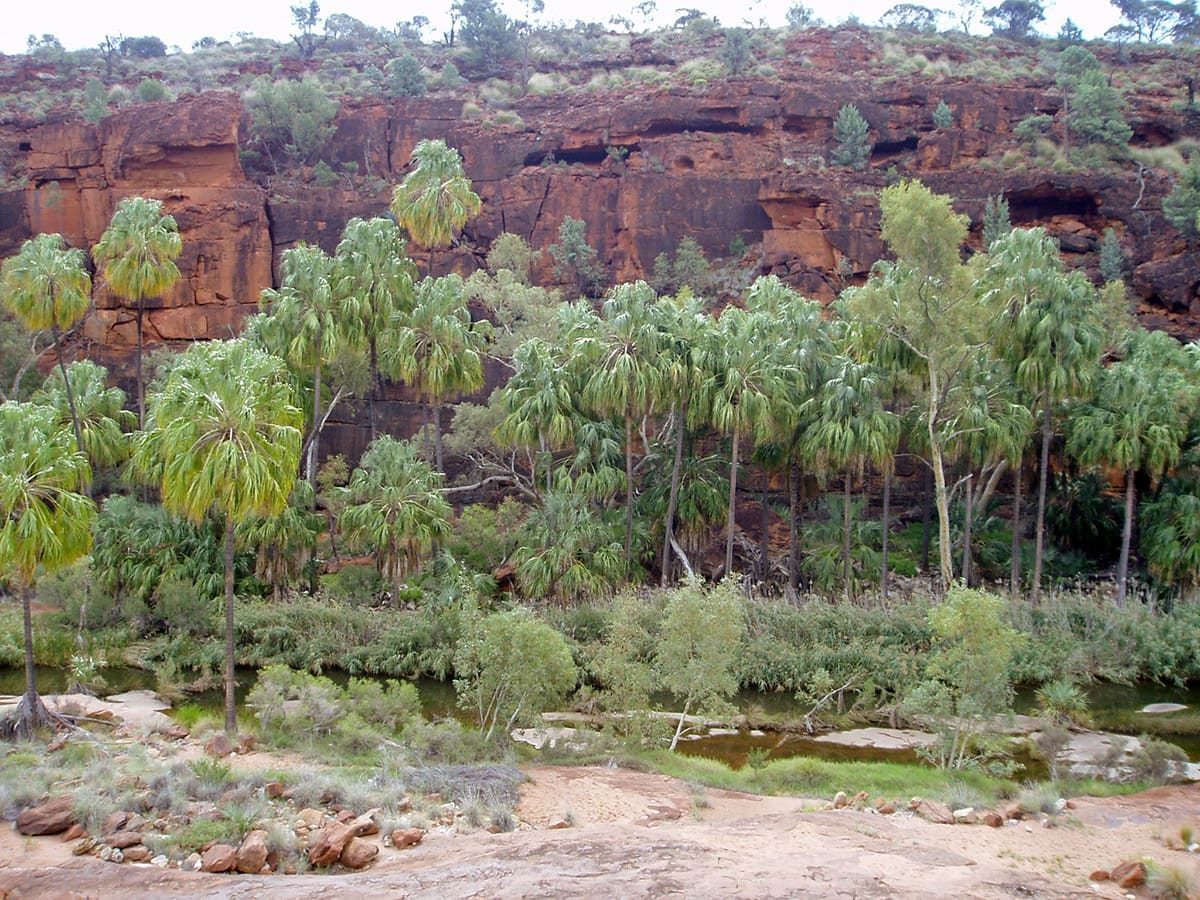
Oasis in the middle of the enormous desert, the only place in the central part of Australia where grow palms: the rare Livistona mariae as well as other rare plants. The ecosystem is fed by spring water. It is likely that palms were brought here by people some 15 – 30 thousand years ago.
Mount Bosavi Crater
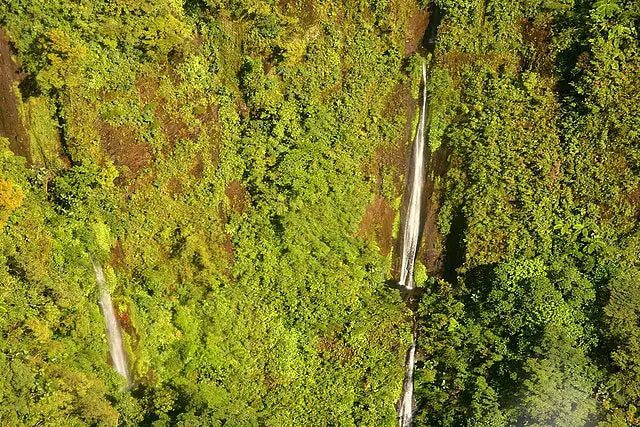
Forested volcano (some 4 km wide and 1 km deep) that is isolated from other highlands of Papua New Guinea. Here in the montane forest live numerous species of plants and animals that are not met anywhere else in the world, including the 82 cm long Bosavi Wooly Rat and fish that emits grunting noise.
Yasuni Forest
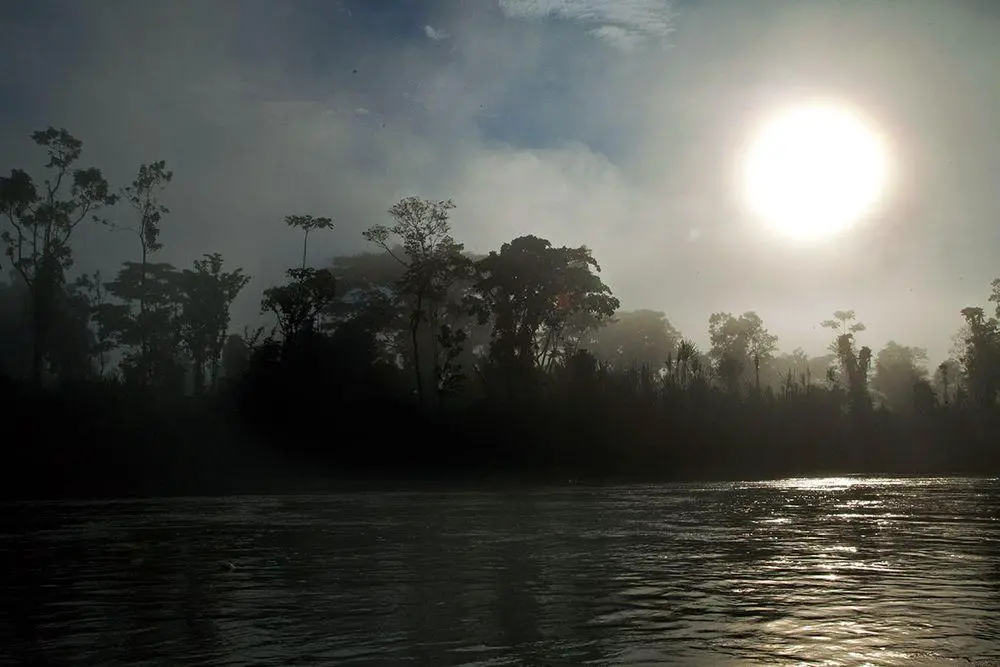
Possibly the most biodiverse area in the world. In this rainforest, the diversity of reptiles, amphibians, freshwater fishes, birds, mammals, and vascular plants (with 2,700 – 4,000 species of plants per hectare) reaches their maximum for Western Hemisphere and often – world. Uncontacted tribes live in the forest. Endangered and affected by oil extraction.
Rokeb di Firmihin – forest of Dragon’s blood trees
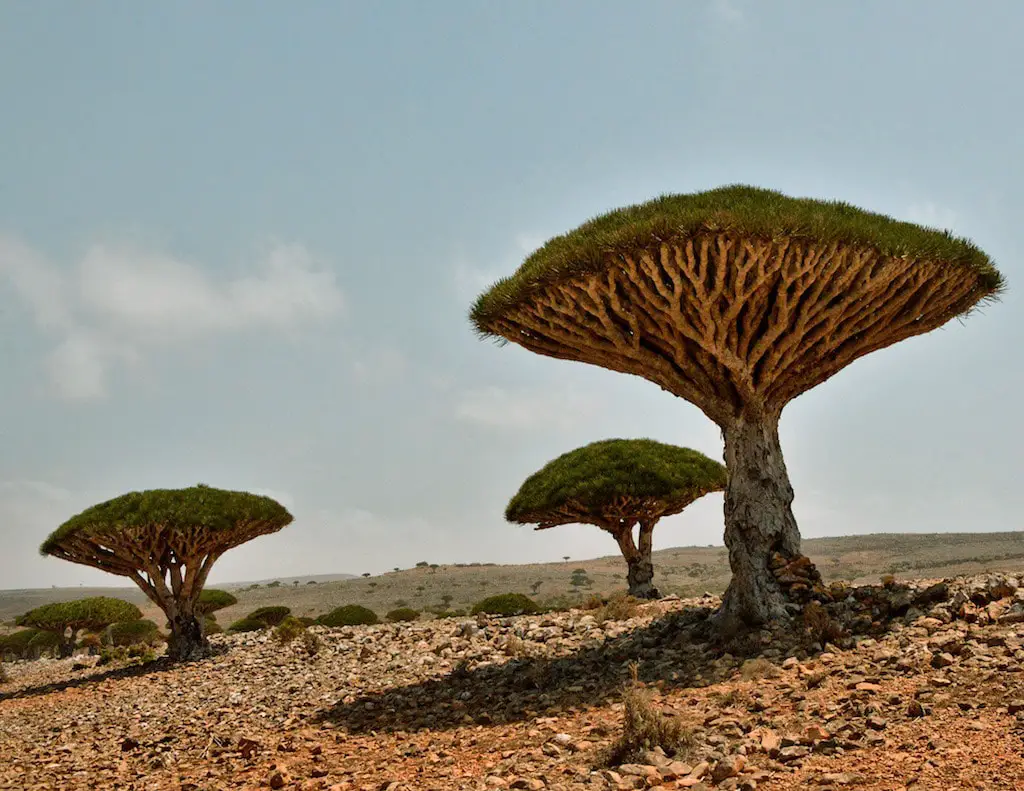
The best and last forest of some of the most unusual looking trees in the world – Dragon’s Blood Tree (Dracaena cinnabari).
Caño Cristales (Cano Cristales)
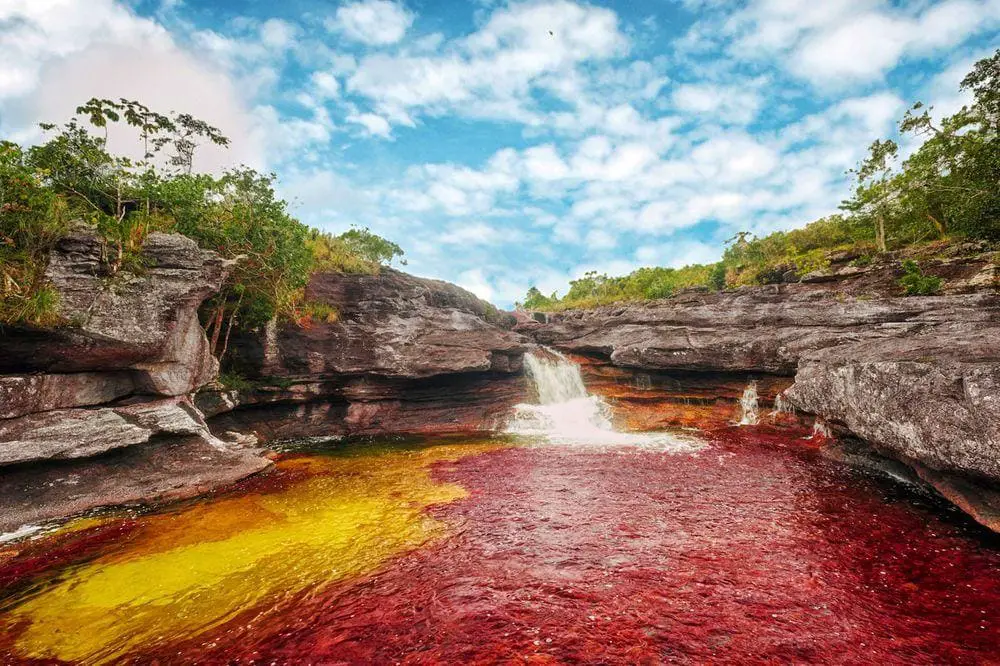
A unique river. Its bottom is covered with the endemic Macarenia clavigera plants. From late July to November these plants turn bright red. Then this colorful river is one of the most spectacular sights in Colombia.
Blood Falls, Antarctica
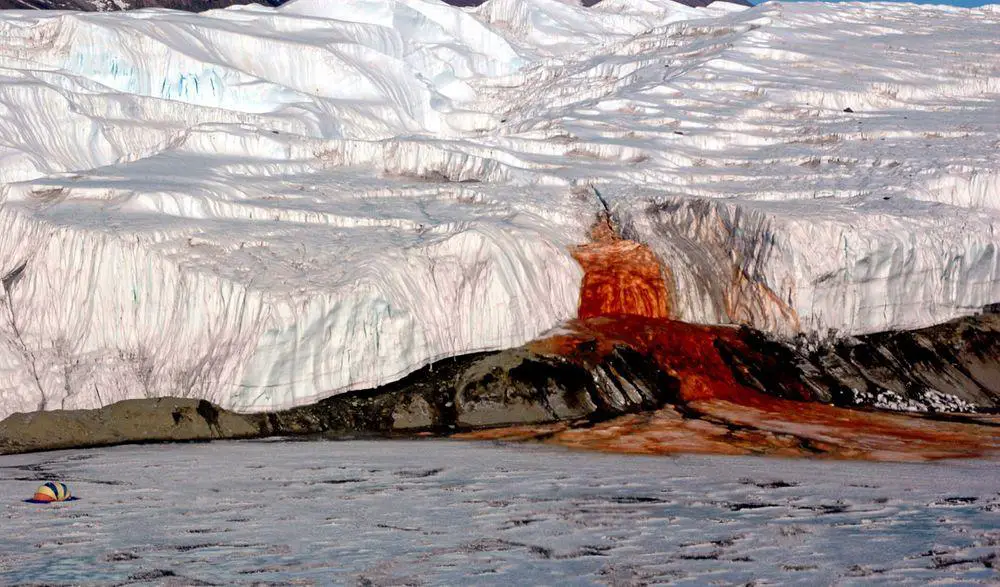
Unusual natural feature – an outflow of hypersaline water, seeping through the ice, tainted with iron oxides in blood color. This approximately 15 m tall fall provides insight into a unique ecosystem that has been isolated from the outside world for 1.5 million years.
Krubera Cave (Voronya Cave)
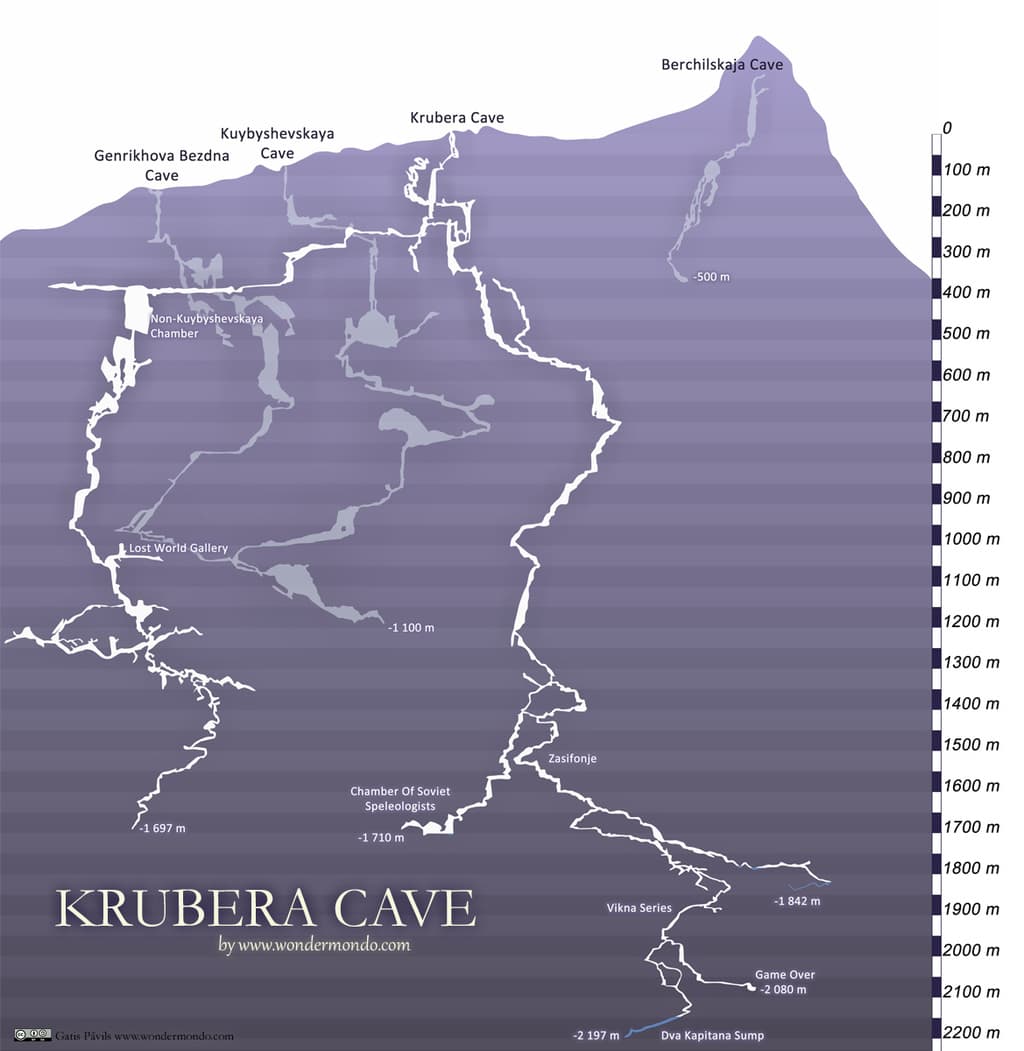
The second deepest known cave in the world, 2,197 meters deep. This extensive cave system is also quite long – 16,058 m.
Arslanbob Forest
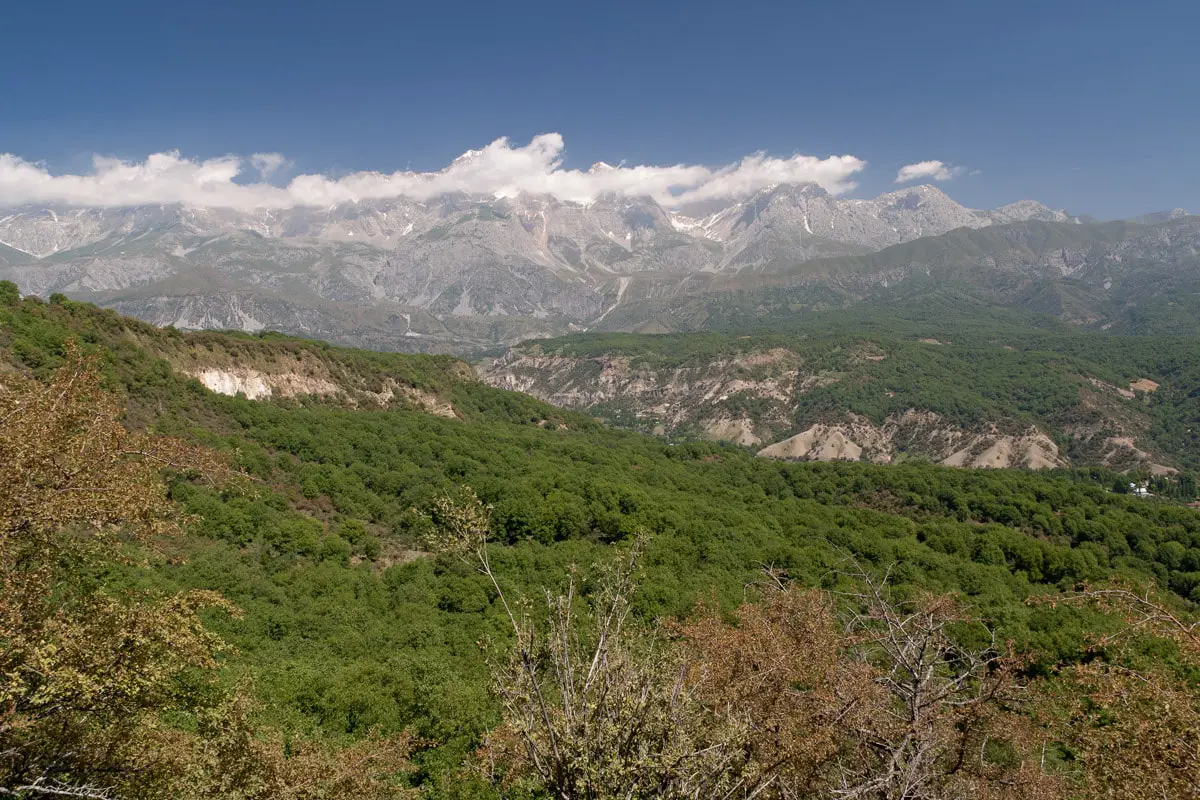
Large forest of wild walnut (Juglans regia), the main genetic pool of walnuts. Alexander the Great took walnuts from this forest to Europe. This is world’s largest walnut forest with an approximate area of 11,000 ha. Here grow other species of rare fruit trees too.
Dendrosenecio woodlands on Mt. Kilimanjaro
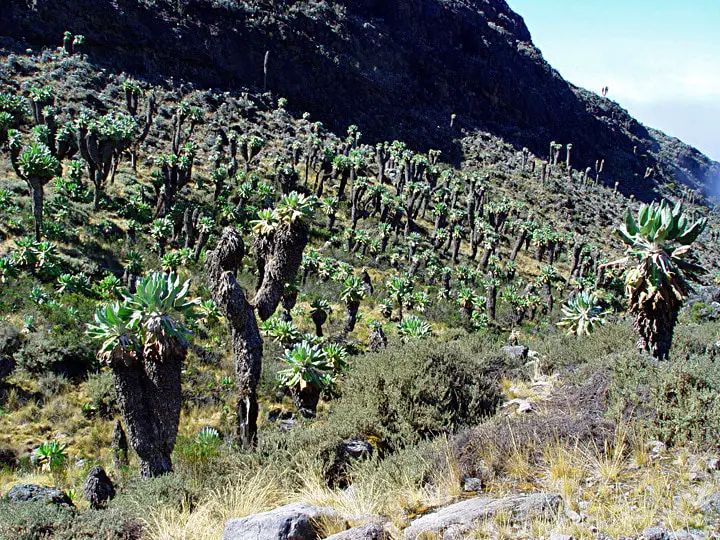
Just below the snow line of Mt. Kilimanjaro are located stands of highly unusual, up to 10 meters high plants that are endemic to Mt. Kilimanjaro: two species of Dendrosenecio.
